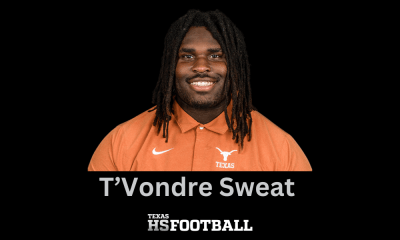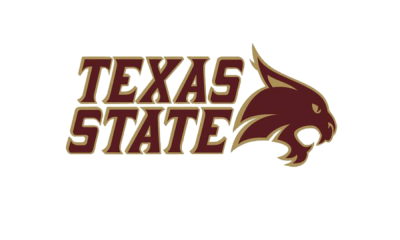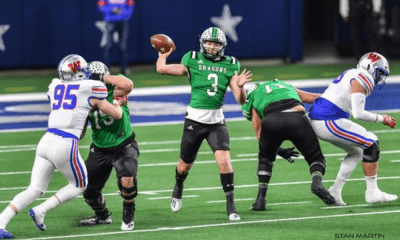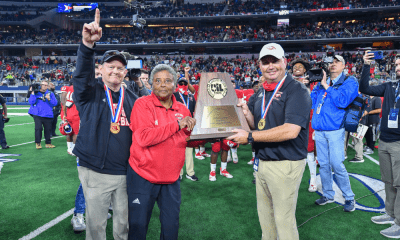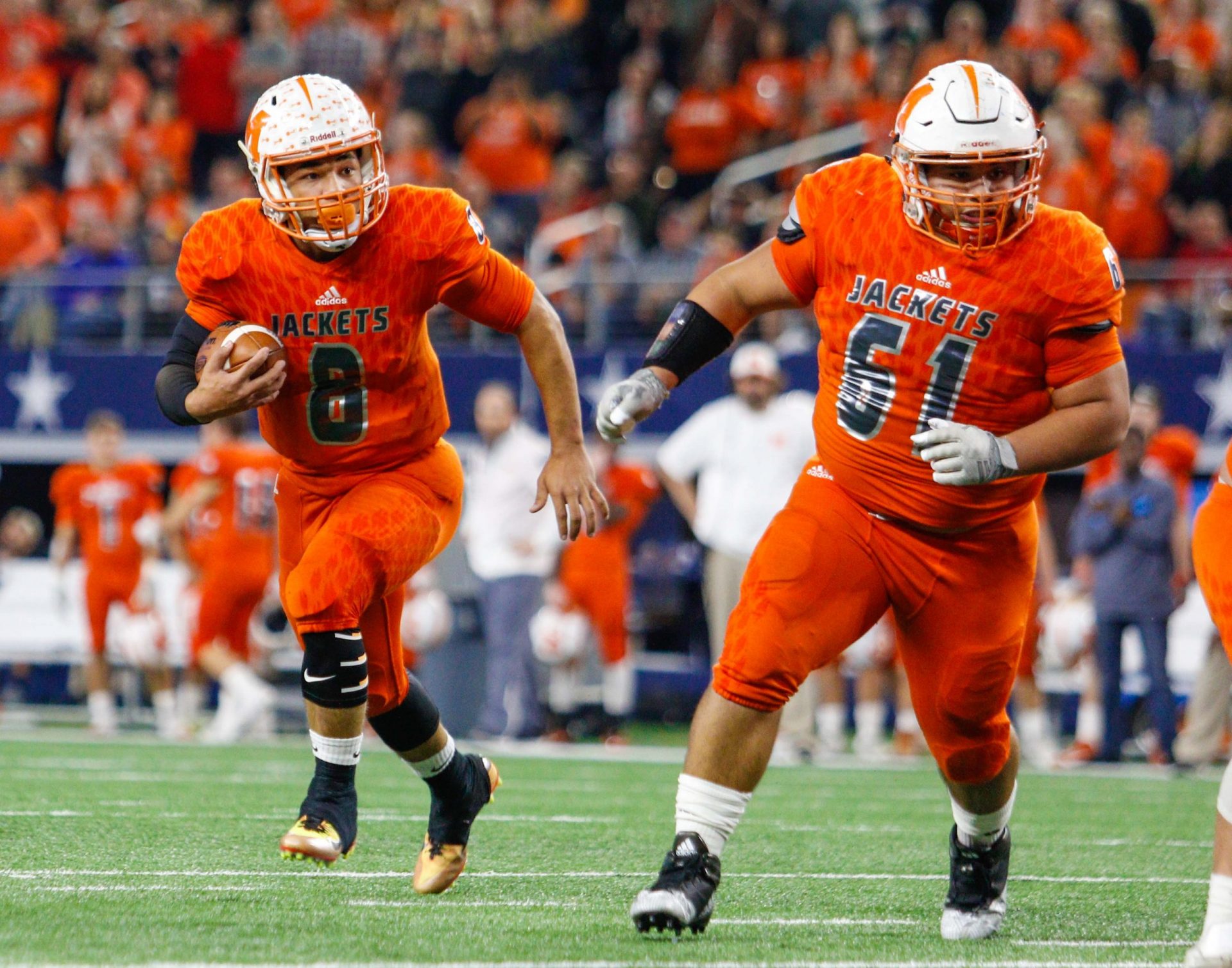
The Shotgun formation has been a staple of spread offenses for quite some time now with the quarterback lining up five yards behind the center and the running back aligned next to him with varying width and depth. For a number of years this was an efficient enough formation to help prevent pre-snap tendencies (those indicators that tip off what play is going to be run based on how the offense is aligned).
As more and more teams relied on the zone run play it became easier for defenses to know where the ball was going to be run (with the zone run play the running back aligns opposite of the side they will be running to. They typically also set a little deeper than the quarterback. This allowed the defense to align their players accordingly, usually stacking the front to stop the zone run. In addition to zone run game tendencies, early Shotgun formations usually placed the running back on the side he would be blocking on in pass protections. This was an exceptionally bad tendency as it would allow the defense to determine who and how many were going to blitz in a passing situation to attack where the running back was or wasn’t. These are just a few of the tendencies that a Shotgun offense can create if an offensive coaching staff isn’t thinking about these things weekly.
To help prevent these types of tendencies from occurring there are a few things an offense can do to make it harder for a defense to prepare for and therefore make it more difficult to guess what’s going to happen before the ball is snapped.
Pass Protection
By simply having the running back mix up which side of the quarterback he aligns on before the snap will help cure a lot of the tendencies that a defensive staff looks for to determine the play that’s going to be run. There are times however that a running back needs to be aligned on the side he’s going to block on. An example of this would be when the defense is showing pressure and they are walked up on the line. If a running back was aligned on the opposite side, he might not make it to that blitzing defender on time.
Two Backs
Another answer to cut down on tendencies is to put two running backs in the backfield. As long as the offensive coaches mix up the responsibilities for the two running backs this will greatly reduce the pre-snap tendencies. Some even go as far as telling the “other” running back or “H” Back to line up wherever he wants to pre-snap. However, with two backs one must now be mindful of how they align the wide receivers as to the plays they call because they now have an odd number of them on the field. Usually two to one side and one to the other. Offensive coaches must now make sure they run the ball equally to both sides whenever possible to prevent other tendencies from occurring.
QB Runs
Having run plays designed for the quarterback can allow for more counter looks to occur within the offense. For example, by putting the running back on the left side of the QB a defense may assume that the zone run play will be going to the right. Using that back to fake or lead to the same side he’s aligned on now creates problems for a defense and makes it more difficult to predict what play is going to be run.
“Read” Runs
One of the biggest additions to the Shotgun offense has been the read play. Typically, this is the same as the zone play but with the addition of a “read” to determine if the QB gives the ball to the running back or he keeps it and runs in the opposite direction of the running back. This is done by leaving the defensive end on the side the running back lines up on unblocked. The first step or two of that defender determines where the ball will be going. This play forces the defense to now cover both sides of the formation making the defense play more “honestly”.
Run Pass Options
Run pass options or “RPO’s” are the latest offensive answer to force the defense to defend the whole field and not be able to pinpoint exactly where the ball will be going once the play starts.
These type of plays not only keep a defense guessing which side the ball may be run to, it’s also probable that it could be thrown downfield.
Pistol
Finally, the Pistol formation, where the quarterback lines up at four yard’s depth and the running back is behind him at six. This formation has gained a lot of traction as it eliminates the tendencies discussed above by keeping the defense guessing which way the play will go because the running back is now behind the quarterback before the snap.
As you can see there are a lot of other things that go into game-planning for an offense. It’s not just about what plays are called. It’s also about which formations you run those plays out of and how the players line up in them. Defenses spend a lot of time preparing for a game by finding any tendency they can to help create an edge. Offensive coaches must always be mindful of these things as they prepare and call plays in a game.
Brought to you by:
www.JaMaRoofing.com


